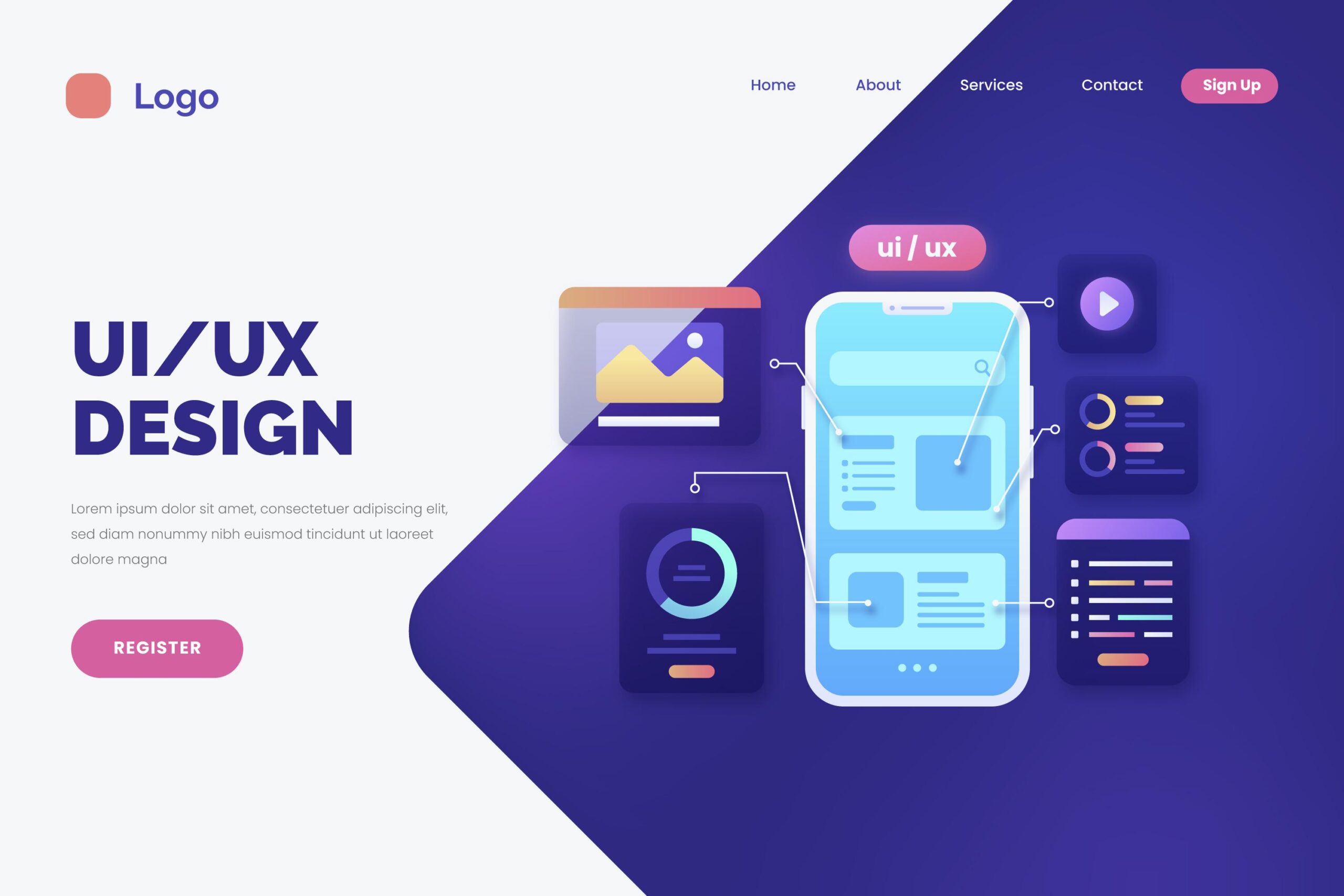
In the ever-evolving landscape of digital design, visual elements have long been the primary focus for creating engaging user experiences. However, an often overlooked yet equally important aspect is sound design. As we navigate through websites and mobile applications, sound plays a crucial role in shaping our interactions, emotions, and overall user experience. This blog post explores the significance of sound design in web and mobile interfaces and how it can be leveraged to create more immersive, intuitive, and satisfying user experiences.
The Power of Audio Feedback
One of the fundamental ways sound enhances user experience is through audio feedback. When users interact with buttons, links, or other interface elements, accompanying sounds can provide immediate confirmation of their actions. This auditory feedback serves multiple purposes:
- Confirmation: A subtle click or pop sound when tapping a button reassures users that their action has been registered.
- Error Prevention: Distinctive sounds for incorrect inputs or actions can help users quickly identify and correct mistakes.
- Navigation Cues: Different sounds for various sections of an app can aid in spatial orientation within the interface.
By incorporating thoughtful audio feedback, designers can create a more responsive and interactive feel, reducing user frustration and increasing overall satisfaction.
Creating Emotional Connections
Sound has a unique ability to evoke emotions and create atmospheres. In web and mobile experiences, this can be harnessed to:
- Set the Mood: Background music or ambient sounds can establish the tone of a website or app, whether it’s professional, playful, or relaxing.
- Build Brand Identity: Distinctive sound logos or jingles can become associated with a brand, enhancing recognition and recall.
- Enhance Storytelling: In narrative-driven experiences, sound effects and music can amplify the emotional impact of content.
By carefully selecting and implementing sounds, designers can create deeper emotional connections between users and digital products, fostering loyalty and engagement.
Improving Accessibility
Sound design plays a crucial role in making web and mobile experiences more accessible to users with visual impairments. Screen readers already utilize text-to-speech technology, but additional sound design can further enhance the experience:
- Spatial Audio: Using 3D audio techniques can help convey the layout of a page or app to visually impaired users.
- Non-Speech Sounds: Unique sounds for different types of content (e.g., images, links, form fields) can provide quick context without relying on verbose descriptions.
- Auditory Icons: Standardized sounds for common actions across platforms can improve learnability and usability for all users, regardless of visual ability.
By considering sound design in accessibility efforts, designers can create more inclusive digital experiences that cater to a wider range of users.
Gamification and Engagement
The gaming industry has long understood the power of sound in creating immersive experiences. Web and mobile applications can borrow from these techniques to increase user engagement:
- Achievement Sounds: Satisfying audio cues for completing tasks or reaching milestones can reinforce positive behaviors.
- Progress Indicators: Escalating or changing sounds can represent progress through a process or level, encouraging users to continue.
- Interactive Soundscapes: Allowing users to trigger sounds through their interactions can make experiences more playful and engaging.
By incorporating game-like audio elements, designers can make even routine tasks more enjoyable and motivate users to explore and interact with digital products more deeply.
Challenges and Considerations
While sound design offers numerous benefits, it also comes with challenges that designers must navigate:
- User Control: Always provide options to mute or adjust sound levels, respecting users’ preferences and environments.
- Cultural Sensitivity: Be aware that sounds can have different meanings across cultures, and choose audio elements that are universally appropriate.
- Performance: Ensure that audio elements don’t negatively impact page load times or app performance.
- Overuse: Avoid excessive or annoying sounds that may detract from the user experience rather than enhance it.
- Consistency: Maintain a coherent audio language throughout the experience to avoid confusion.
Best Practices for Implementing Sound Design
To effectively incorporate sound into web and mobile experiences, consider the following best practices:
- Subtlety is Key: Use gentle, unobtrusive sounds that complement rather than dominate the experience.
- Context-Awareness: Adjust or disable sounds based on device settings, time of day, or user activity.
- Personalization: Allow users to customize their audio experience, choosing from a selection of sound themes or creating their own.
- Testing: Conduct thorough user testing to ensure that sound design enhances rather than detracts from the overall experience.
- Technical Implementation: Use modern web audio APIs or mobile audio frameworks to ensure high-quality, responsive sound playback.
The Future of Sound in Digital Experiences
As technology continues to advance, the role of sound in web and mobile experiences is likely to expand. Some exciting possibilities include:
- Voice User Interfaces (VUI): Integration of more sophisticated voice commands and responses, blending UI sounds with natural language interaction.
- Augmented Reality (AR): Spatial audio that reacts to the user’s physical environment, creating more immersive mixed-reality experiences.
- Adaptive Audio: AI-driven sound design that adjusts in real-time based on user behavior, preferences, and contextual factors.
- Haptic Feedback: Combining sound with tactile feedback for a multi-sensory interactive experience.
Conclusion
Sound design is a powerful tool in the UX designer’s arsenal, capable of enhancing usability, accessibility, emotional engagement, and overall user satisfaction in web and mobile experiences. By thoughtfully incorporating audio elements, designers can create more immersive, intuitive, and delightful digital products. As we move towards more multi-sensory digital experiences, the importance of sound design will only continue to grow. It’s time for designers to listen up and embrace the full potential of audio in crafting exceptional user experiences.
Devoq Design is a top UI/UX design agency offering services in both Albany and Kalgoorlie-Boulder. As a leading UI/UX design agency in Albany, Devoq Design specializes in creating user-friendly and visually captivating digital solutions tailored to enhance the online presence of businesses. In the UI/UX design agency in Kalgoorlie-Boulder, Devoq Design provides innovative design strategies that improve user interaction and drive customer satisfaction. With a team of experienced designers, Devoq Design ensures that every project is customized to meet the specific needs of its clients, delivering digital success in both regions.







